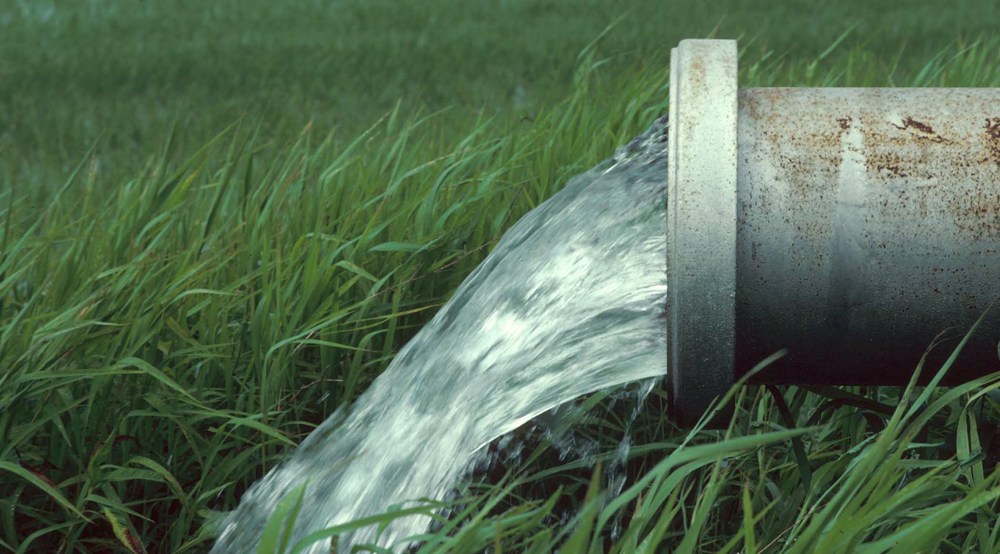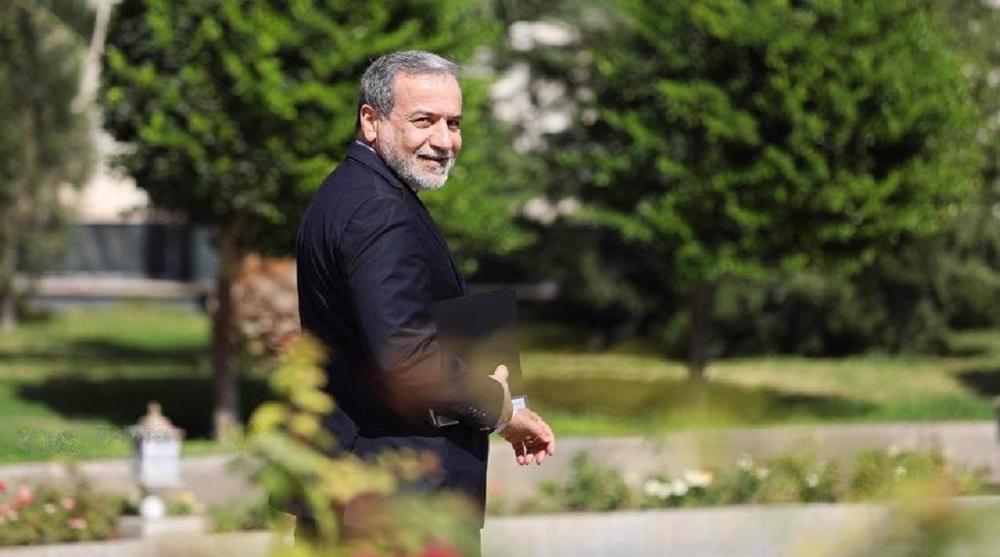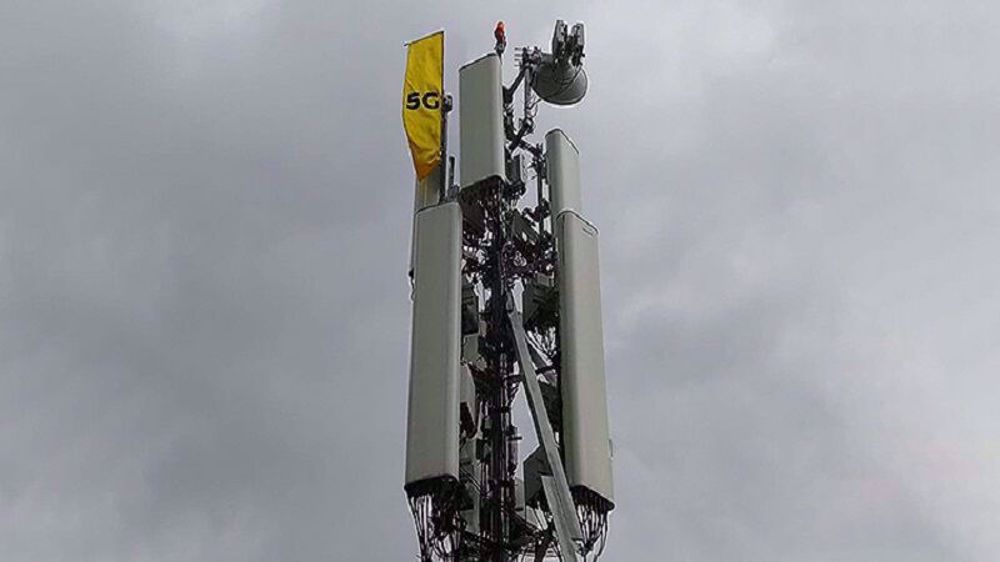Irrigation wells responsible for over 65% of Iran’s water use: Report
Irrigation wells account for more than two thirds of the total water use in Iran, according to findings of a report which indicates that excessive water outtake from underground resources could lead to major environmental problems in the country.
The Sunday report by the Fars news agency cited figures from Iran’s Energy Ministry showing that the number of irrigation wells in the country had reached over 1.02 million with an annual water outtake of 41.367 billion cubic meters (bcm) recorded over the calendar year to March 2022.
“More than 65.6% of the country’s annual water resources are consumed through wells and from underground water resources,” the report quoted Mohammad Pourhamid, an expert on water resources.
Pourhamid said the water management system in Iran needs to pay more attention to the underground resources amid warnings that rising outtake, which is taking place with the purpose of increasing agricultural output, could pose major risks to the livelihoods of farmers and rural communities in Iran in the future.
Figures in the report by Fars showed that Iran’s southeastern province of Kerman had recorded the largest outtake of water from irrigation wells in the year to late March 2022 with some 5.7 bcm.
The Caspian Sea province of Mazandaran in Iran’s north had the largest number of irrigation wells over the same period with over 196,000 wells, the figures showed.
The report said average outtake of water from an irrigation well in Iran was 40,527 cubic meters per year, or an average of 111 cubic meters per day, over the year to late March 2022.
Israeli forces abduct four young Syrians after incursion into Syria's Quneitra
Trump says US will oversee Venezuela ‘for years’
Iran FM warns of Israel’s threats to region as he arrives in Lebanon for talks
VIDEO | France’s economic crisis
VIDEO | Press TV's news headlines
VIDEO | US's illegal assassination of Martyr Haj Qassem Soleimani
Israel kills Palestinian girl in Gaza amid repeated ceasefire breaches
Poll: 87% of Arabs reject recognition of Israel










 This makes it easy to access the Press TV website
This makes it easy to access the Press TV website